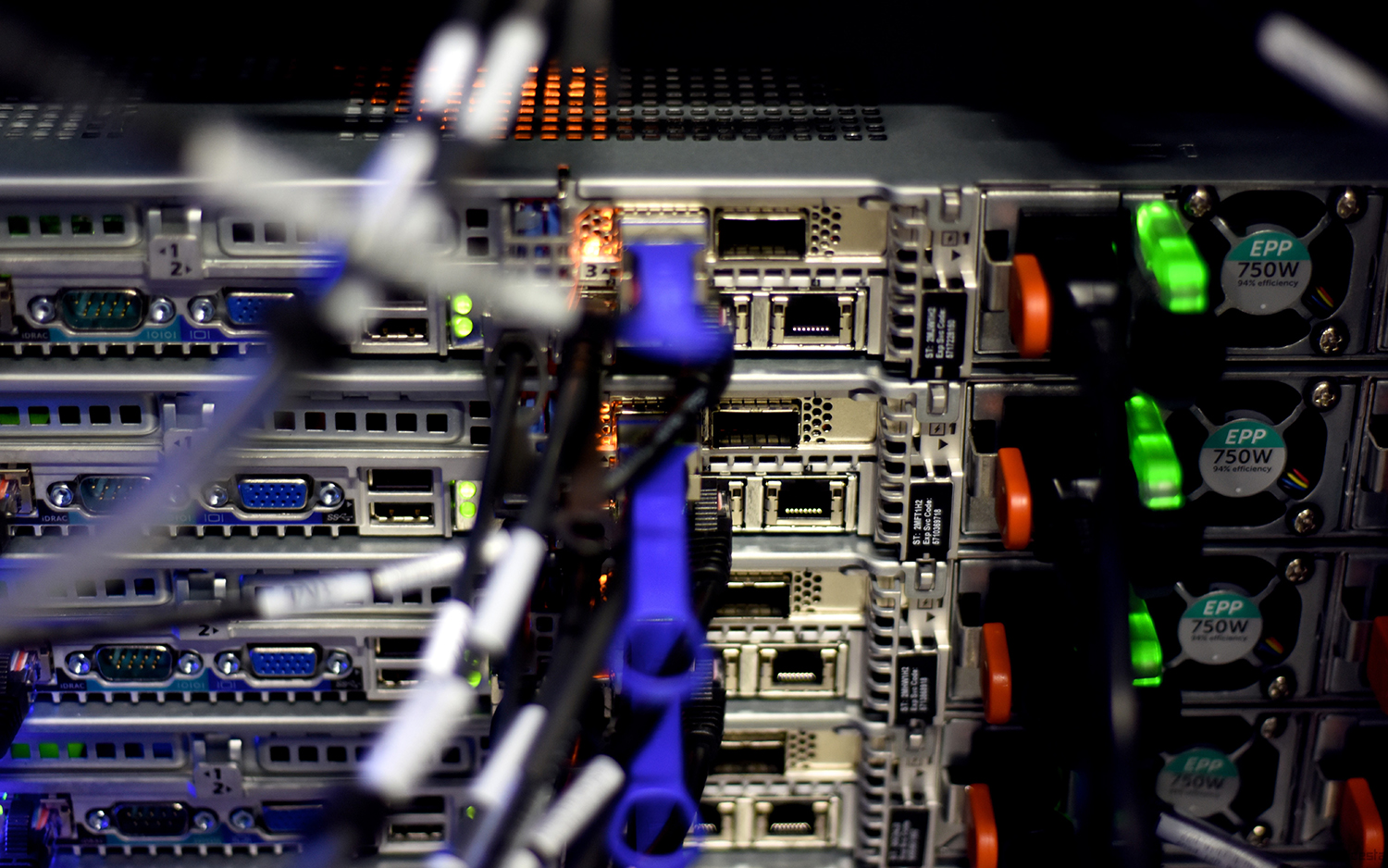New Supercomputer Will Span Continents, Outrace World's Fastest

The fastest supercomputer in the world will soon be outpaced by a newer, swifter rival.
Scientists recently completed the engineering design for the first of two paired supercomputers called the Science Data Processor (SDP). Together, these supercomputers will manage vast quantities of data collected by the Square Kilometre Array (SKA), a network of radio telescopes in Perth, Australia, and Cape Town, South Africa, SKA representatives said in a statement.
An international team of researchers representing 11 countries collaborated for five years to produce the hardware, software and algorithms to drive the first of the two supercomputers, according to the statement. [9 Supercool Uses for Supercomputers]
When completed, the powerhouse processors — one installed in Perth and one in Cape Town — will wrangle 600 petabytes (1 petabyte is equal to a million gigabytes) of data per year, or "enough to fill more than a million average laptops," said Maurizio Miccolis, an SDP project manager based in the United Kingdom.
How fast will the new supercomputer be? Processing speed is measured in floating-point operations per second, or flops. A powerful supercomputer's performance is expressed in petaflops: a quadrillion calculations per second. By comparison, the speed of most personal computers is measured in gigaflops: 1 billion calculations per second.
Researchers estimate that SDP will operate at 250 petaflops, or 250 quadrillion calculations in an instant, making it 25% faster than IBM’s Summit, "the current fastest supercomputer in the world," Miccolis said.
At the same time that SDP is moving enormous amounts of radio telescope data at record speeds, the supercomputer will also conduct nearly real-time data analysis to sift signal from noise, according to SDP representatives.
Get the Space.com Newsletter
Breaking space news, the latest updates on rocket launches, skywatching events and more!
"SDP is where data becomes information," SKA data-center scientist Rosie Bolton said in the statement. "This is where we start making sense of the data and produce detailed astronomical images."
- Science Fact or Fiction? The Plausibility of 10 Sci-Fi Concepts
- Artificial Intelligence: Friendly or Frightening?
- 101 Astronomy Images That Will Blow Your Mind
Originally published on Live Science.
Join our Space Forums to keep talking space on the latest missions, night sky and more! And if you have a news tip, correction or comment, let us know at: community@space.com.











